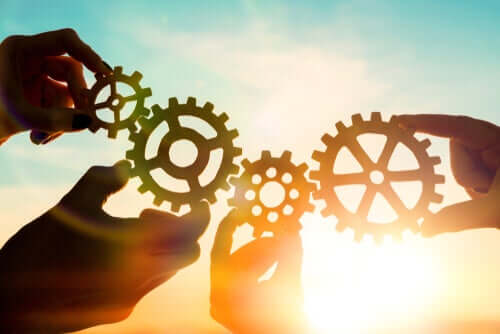Human development is a socially constructed concept, loaded with ideological content and cultural connotations, yet the truth is that all societies in the world want progress, according to their own conception of well-being.
Human development implies progress in people’s living conditions. Therefore, by definition, there are no “developed” and “underdeveloped” steps; all men and all societies advance, regress or stagnate, so that development is conceived as an inexhaustible process.
- Despite this.
- We often fall into semantic contradictions.
- Such as the distinction between “developed countries” and “developing countries”.
- The purpose of this article is to analyze one of the variants of this concept: human development.
- Understood as a multidimensional concept and considered a non-transferable human right.
The concept of development is relatively new, as it appeared in the mid-20th century, and in six decades of debate, its conception has moved from a one-dimensional (economic) to a multidimensional (economic, social, political, cultural and environmental) conception. ) concept.
The conception of development as a process of structural change has its origins after World War II, being seen as the process of transformation through which countries move from the traditional (agricultural) economy to a modern economy (urban and industrial). was measured using the rate of income growth.
However, this purely economic conception of development poses a number of problems:
For example, some economists have begun to criticize the priority given to economic growth in development strategies, arguing that social and political changes need to be promoted to improve well-being, so neither industrialization nor economic growth are viable welfare strategies. -be, unless accompanied by income redistribution measures.
That’s when development began to be understood as a multidimensional concept and other indicators began to be used to measure well-being, not just income.
As a result, indices have emerged such as the Human Development Index (HDI), which measures progress in three dimensions: health (life expectancy at birth), education (average years of education and expected years of study) and standard of living. ( national income per capita).
This index has been very useful because it has allowed us to summarize complex and multidimensional information on human development in a single indicator, which makes it especially attractive to the media and public.
After six decades of debate, human development is understood as a process of expanding people’s freedoms to lead a healthy, prolonged and creative life; Achieving the goals they consider valuable and actively participating in development in a sustainable and equitable way on a shared planet?(UNDP). Thus, people are both beneficiaries and agents that motivate human development, collectively and individually.
In this way, development is seen as a process forged by the people who benefit the people themselves, so human development policies must be designed in a participatory way and their benefits must be redistributed, after all, the important thing is to treat fairly the main conflicts that arise in a growing community, in a finite and shared world.

